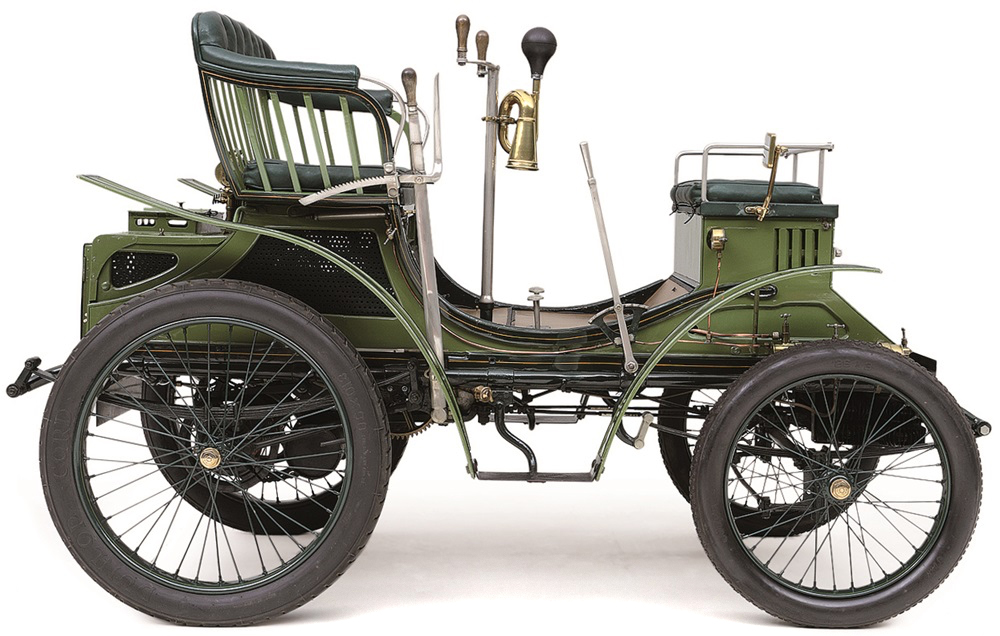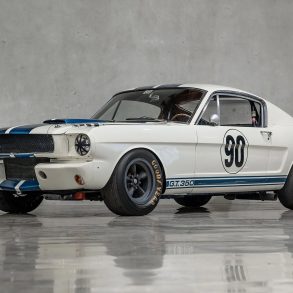Automobiles Peugeot

After graduating from an engineering school in Paris, Peugeot visited Leeds, then the heart of manufacturing in Britain, and came back convinced that the future of horses as a means of transport was limited. Within the family firm, he first manufactured tricycles and bicycles but in March of 1890 he too delivery of two Daimler engines from Panhard et Levassor. Under the supervision of Louis Rigoulot, who was charge of the Bicycle operation Peugeot built a prototype quadricycle. The first prototype was not a success but Rigoulot continued to make improvements. Automobile were still a sideline compared to the bicycle business but the automobile garnered growing interest if not sales.

Comparing the Peugeot design to ours, I cannot tell you which is preferred. The Peugeot is lighter and it has ball bearings, so it can reach higher speeds with motors of the same power, but its wheels won’t last on cobblestone pavement. In addition it has a poor suspension while the seats are bad and uncomfortable. When the Peugeot is made more comfortable it will reach a weight almost the same as ours. Some people like ours better others prefer the Peugeot. There is something for every taste. Until now we have sold our cars to quite different types of people, generally those who use them for pleasure, but we have sold them also to people who use them for business purposes, in particular six doctors, five traveling salesman, and three insurance agents.

Though 102 would-be race drivers paid the 10-franc fee to participate, only 26 actually showed at the start of the event on July 18, 1894. At the awards ceremony the following day, the judges from Le Petit Journal decided to split first prize between the Peugeot and Panhard & Levassor cars, whose vehicles had demonstrated remarkable reliability. The judges singled out Gottlieb Daimler’s engine for special praise, saying it had “turned petroleum or gasoline fuel into a practical solution” for powering automobiles. While he technically won the race, the Count de Dion only received second prize. His steam-powered tractor required a passenger to serve as an onboard stoker, which meant it failed the “ease of operation” test laid out in the competition rules. Another Peugeot arrived tenth. A key feature was that it used revolutionary inflatable tires, and was driven by two brothers from Clermont-Ferrand, Andre and Edouard Michelin.

That same year Peugeot started making its own engines, an 8 horse-power horizontal twin. The plant he set up at Audincourt, in eastern France, began operations in 1897 with 125 workers. It produced one car a week that year; three a week in 1898; and was building ten a week in 1900. In 1897, the fledgling company lost FF 52,000, but became profitable immediately afterward.
Always restless, Peugeot could not help but tinker with other businesses. He began to build engines for boats and, in Paris, created a delivery car rental company. But these ventures foundered and Peugeot’s business was only saved by the lightweight Bébé Peugeot model which came out in 1905.


Sadly it has been said that when Peugeot gave up control of his company, he gave up a little on life as well. Two years later, on the 5th of February in 1915, he was dead at the age 65, the official cause of death was pneumonia.












